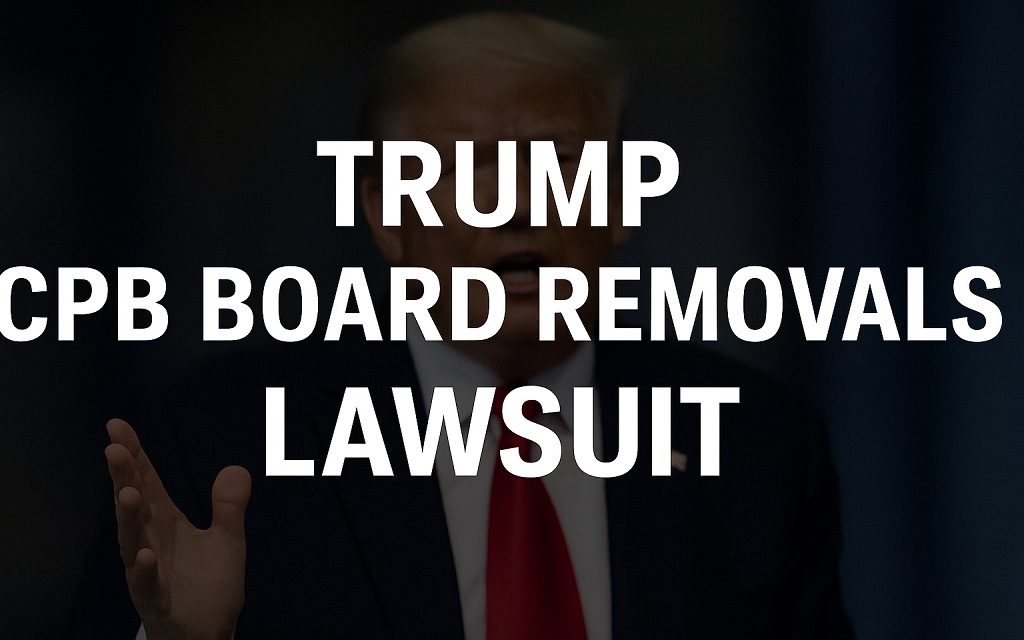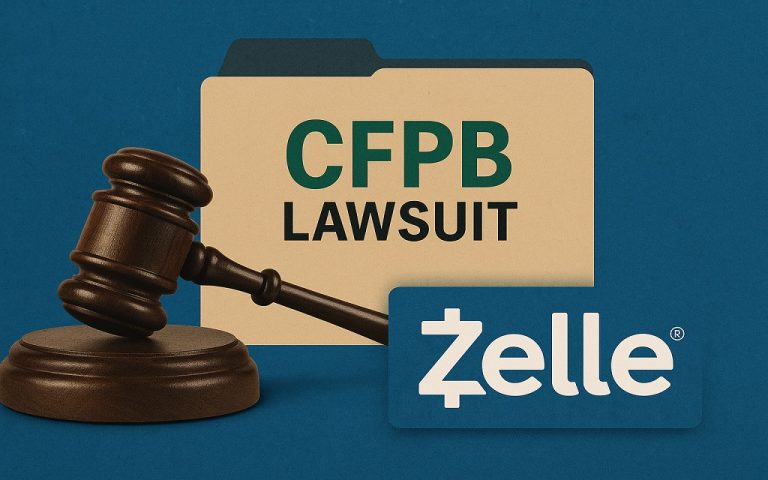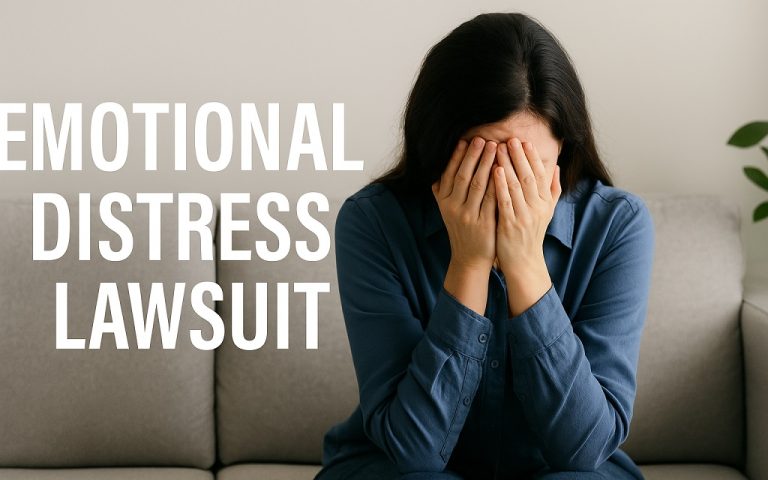The Trump CPB Board Removals Lawsuit has quickly become a defining legal battle over presidential power and the independence of public media. A crucial question at the heart of this high-stakes case is whether the president can fire people from the Corporation for Public Broadcasting before the end of their terms.
The Trump CPB Board Removals Lawsuit challenges the limits of executive authority and could reshape how public broadcasting is governed nationwide. The Trump CPB Board Removals Lawsuit is a combination of legal documents and political pressure that should concern NPR, PBS, and all public stations that receive funding from the CPB. Here’s everything you need to know—timelines, legal arguments, and what’s at stake.
What is the Trump CPB Board Removals Lawsuit?
In April 2025, former President Donald Trump tried to fire three board members from the Corporation for Public Broadcasting (CPB). That move sparked a major legal showdown now known as the Trump CPB Board Removals Lawsuit.
CPB pushed back fast—filing a federal lawsuit claiming Trump has no legal right to remove its board members. Why? Because those directors serve fixed terms under a law designed to keep public media free from political interference.
This lawsuit isn’t just about three board seats. It’s about big questions:
- Can a president remove leaders from independent organizations?
- Does public broadcasting still have legal protection from politics?
As the Trump CPB Board Removals lawsuit moves through the courts, it could set a national precedent—reshaping how future presidents deal with boards like CPB.
What Triggered the Lawsuit Against the Trump CPB Board Removals?

On April 28, 2025, President Donald Trump attempted to fire three current directors from the Corporation for Public Broadcasting (CPB). This sudden move shocked people in the media. The CPB reacted right away. It brought legal action in the U.S. District Court for the District of Columbia on April 29. To halt the removals, the lawsuit sought a temporary restraining order.
This lawsuit is not just about the firings; it also involves other issues. It questions presidential power. Trump claims he can remove board members even though their terms are not over. CPB argues that the law does not give him that authority.
The directors involved include:
- Tom Rothman – CEO of Sony Pictures’ Motion Picture Group
- Diane Kaplan – Long-time nonprofit leader
- Laura Gore Ross – Originally appointed by Trump, reappointed by President Biden
The legal team representing CPB says the president cannot fire board members without cause. The board is designed to be independent. CPB also warned that removing these three directors would break the quorum. That means the board could not take formal action.
Judge Randolph Moss heard initial arguments on April 30. He ordered both sides to submit legal briefs. A hearing was scheduled for May 14.
This Trump CPB Board Removals lawsuit raises significant questions. Can a president fire members of a board that was created to be free from political pressure? Does CPB count as a federal agency? What happens if courts allow these firings?
Must Read: Melania Trump Lawsuit The View: Debunking the $900M Rumor
Who Controls the CPB, and How Are Board Terms Structured?
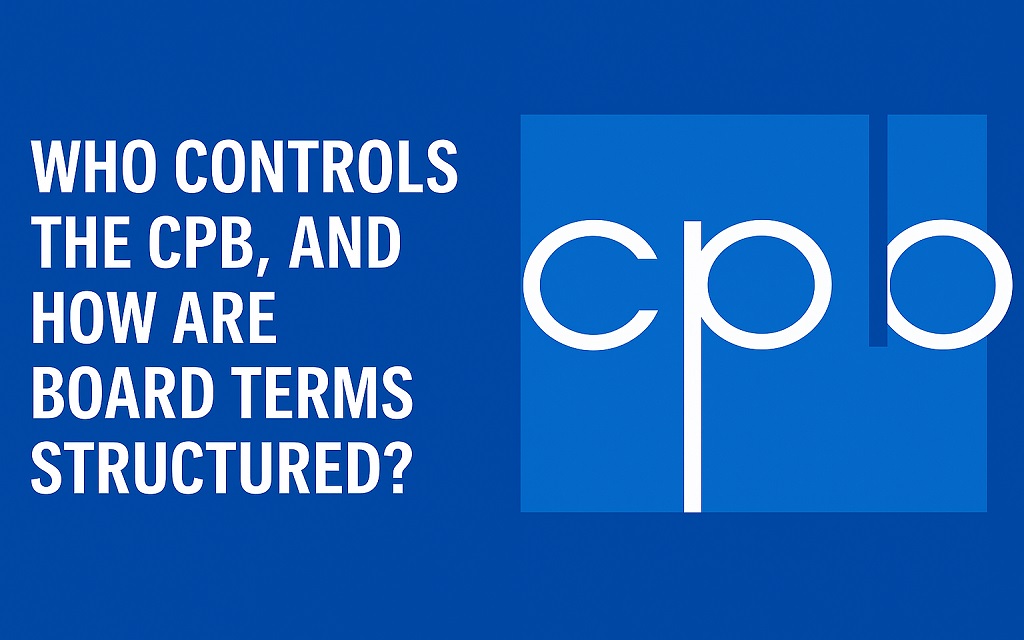
The Corporation for Public Broadcasting was created in 1967. Congress passed the Public Broadcasting Act to support noncommercial media. CPB gets over $500 million annually. It distributes that money to PBS, NPR, and local stations.
The law says the president appoints CPB board members. The Senate must confirm them. The board has nine members, each serving six-year staggered terms.
Here’s what matters: the law does not say that members “serve at the pleasure of the president.” That phrase appears in laws governing many executive agencies. But it is absent from the CPB statute. That is key to this legal dispute.
Congress designed CPB to resist political influence. The law says CPB “will not be an agency or establishment of the United States Government.” It even bars federal employees from serving on the board.
This structure protects CPB’s mission. It keeps public media independent. Political appointees come and go, but CPB directors serve fixed terms. That setup guards against shifts in presidential priorities.
Trump’s lawyers argue that he holds broad removal powers. They cite the Constitution’s Take Care Clause and past court rulings. CPB’s legal team disagrees. They say CPB is more like a private nonprofit. That makes its board off-limits to presidential removal.
Congress also built in another shield. It authorized CPB funding in two-year blocks. This keeps annual budget fights from becoming political weapons. The lawsuit now tests the strength of that shield.
Can a President Legally Remove CPB Board Members Before Their Terms End?
The central legal fight hinges on the removal power. Trump claims authority under the Constitution. CPB says no law gives him that right.
Let’s look at what matters most.
No “at-will” clause exists.
The CPB statute lacks the typical phrase allowing presidents to fire board members at will. Many boards use that phrase. CPB does not. That omission is critical.CPB is not an executive agency
The law says CPB is not a government agency. It exists as a nonprofit corporation. That makes it different from places like the FCC or EPA. Those agencies fall directly under presidential control. CPB does not.Board members serve fixed terms.
Each CPB board member serves a term of six years. That term is fixed unless there’s a resignation, death, or legal removal with cause. There’s no mention of executive discretion.Court precedent
In 2020, the U.S. Supreme Court ruled in Seila Law LLC v. CFPB that some independent agencies can have limits on removal. The Court allowed “for-cause” removal protections in specific boards. CPB argues it fits that model.Intent of Congress
The 1975 House report said advance funding and fixed terms would shield CPB from “undue interference.” The law’s text backs that intent.
Trump’s team says his executive powers override all that. They lean on historical interpretations. But CPB lawyers say Trump’s logic risks turning public media into a political arm of the presidency.
The courts must now decide who is right. The outcome may set a new rule for independent boards across the federal landscape.
What Timeline Led to the Removals and the Lawsuit?
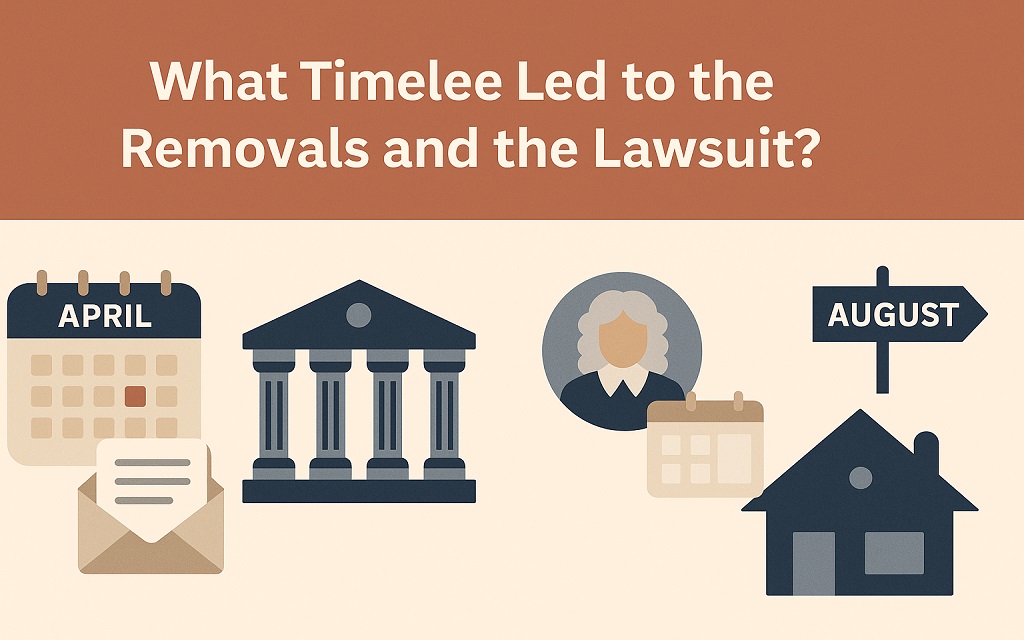
Let’s walk through the events that created this lawsuit:
| Date | Event Summary |
|---|---|
| April 28, 2025 | Three CPB board members—Rothman, Kaplan, and Ross—received a two-line email from Trent Morse, Deputy Director of Presidential Personnel. It read: “Your position on the Corporation for Public Broadcasting is terminated effective immediately. Thank you for your service.” No legal authority was cited. No cause was stated. |
| April 29, 2025 | CPB filed a lawsuit in the D.C. federal court. It sought a temporary restraining order (TRO) to block the firings, alleging that the president acted beyond his legal authority. |
| April 30, 2025 | Judge Randolph D. Moss held a preliminary hearing. He did not rule immediately. He ordered further briefing and set a hearing for May 14. |
| May 15, 2025 | CPB’s board amended its bylaws to block outside actors—including the president—from removing sitting members. DOJ later cited this change in court filings. |
| June 9, 2025 | Judge Moss denied CPB’s motion for a preliminary injunction. However, the directors remained in place as the lawsuit moved forward. |
| July 15, 2025 | The Department of Justice filed a separate lawsuit seeking the court’s removal of the three directors. DOJ labeled their refusal to step down “usurpation.” |
| August 1, 2025 | CPB declared that an organizational wind-down will commence. It is intended to cease operations by early 2026 in response to financial and political pressure. |
This timeline shows a pattern. Trump acted without warning. CPB pushed back with legal action. Courts have not entirely ruled yet. But the conflict has already changed how public media operates.
What Laws and Constitutional Clauses Shape This Fight?
The Trump–CPB lawsuit touches several critical legal pillars. These consist of congressionally passed laws and provisions that define the powers of the presidency in the Constitution. The argument revolves around a straightforward legal question: Is it possible for the president to dismiss CPB board members before their term expires?
Let’s examine the key legal sources.
1. Public Broadcasting Act of 1967
This act created the CPB. It defines the board’s structure. It authorizes the president to appoint board members but does not specify removal powers. Additionally, it also declares that CPB “will not be an agency or establishment of the United States Government.”
The law adds that CPB board members cannot be federal employees. That shields them from executive control.
2. Appointments Clause (U.S. Constitution, Article II, §2)
This clause allows the president to appoint officers with the advice and consent of the Senate. It does not automatically include removal powers. Courts have held that Congress can limit removal in some instances, particularly for independent boards.
3. Take Care Clause (Article II, §3)
This clause says the president must “take care that the laws be faithfully executed.” Trump’s lawyers may use it to argue that he needs control over CPB to enforce the law. However, critics say that this clause cannot supersede statutory limits.
4. Relevant Court Precedent
The Supreme Court ruled in Humphrey’s Executor v. U.S. (1935) that presidents may not arbitrarily dismiss employees from independent agencies. Seila Law v. CFPB (2020), decided more recently, clarified that removal restrictions must adhere to strict guidelines.
5. Administrative Procedure Act (APA)
Although not yet central, CPB’s lawyers could raise APA claims. They might argue the removal was arbitrary and lacked proper procedure.
These laws combine to form the battlefield. Each side claims the law favors its position. The courts must now interpret them.
Must Read: CFPB Zelle Lawsuit: Fraud Losses, Clients Rights & Case Update
What Claims Did CPB Raise in the Lawsuit?
CPB’s lawsuit attacks Trump’s removals on multiple legal fronts. On April 29, 2025, its lawyers filed the lawsuit in the U.S. District Court for the District of Columbia. According to the complaint, Trump broke both the Constitution and federal law.
Here are the core claims in the filing:
1. Lack of Removal Authority
The lawsuit claims that Trump had no legal authority to fire board members. The Public Broadcasting Act does not give him that power. The directors had fixed terms and did not resign. Their removal violates the structure Congress created.
2. Breach of Statutory Protections
The complaint cites the statute’s language that CPB is not a government agency. It highlights provisions that prevent political interference. These safeguards were designed to maintain CPB’s independence.
3. Violation of the Appointments Clause
CPB argues that Trump overstepped his power. The Constitution allows appointment with Senate confirmation. However, it does not permit presidents to remove independent officers at will unless Congress explicitly authorizes it.
4. Disruption of Board Function
Removing three members at once left the board without a quorum. This physical disability affects its ability to govern. CPB says this illustrates the danger of allowing a president to interfere without legal checks.
5. Preliminary Injunctive Relief
CPB asked for an immediate court order. It wanted to halt the removals while the case proceeded. The filing included affidavits and legal briefs showing the risk of permanent harm.
The complaint does not stop at legal theory. It uses real-world consequences. It says the board cannot operate or fund public stations without a quorum. That harms the public.
The CPB suit frames this not as a political battle, but as a defense of the rule of law.
What Defenses Has the Trump Team Used?
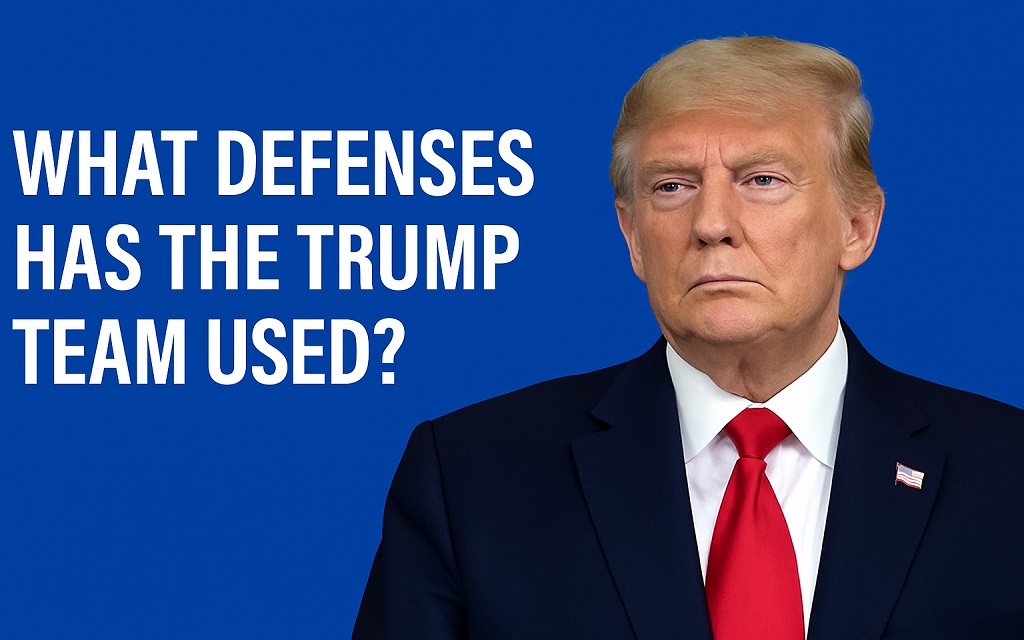
Trump’s legal team, supported by the Department of Justice, has fired back. They argue that the president acted within his rights. Their position rests on the theory of executive power and past precedent.
Here are the primary defenses raised so far:
1. Executive Removal Power
White House lawyers claim that Trump can remove board members. They say CPB performs executive functions. Under this theory, the president must have the authority to direct personnel in executing the law. They cite the Take Care Clause.
2. Unitary Executive Theory
This legal theory says that all executive power sits with the president. Supporters believe the president must have complete control over subordinates. CPB distributes federal funds and helps enforce public broadcasting policy. That makes it part of the executive branch, Trump’s lawyers argue.
3. No Irreparable Harm
In court, DOJ lawyers said CPB would not suffer real harm. They claimed the board can continue operating or fix quorum issues later. They called CPB’s fears “speculative.” Judge Moss challenged this defense, noting that the government knows its intentions but CPB does not.
4. Political Accountability
The administration argues that voters can hold the president accountable. If the president makes poor personnel decisions, he can be held responsible at the ballot box. That’s better than limiting his power through court rulings.
5. Institutional Change Justified
Trump’s lawyers hinted that the CPB’s priorities are out of step. They suggest that Trump wants to shift the mission. That’s a policy choice the courts should not block.
These defenses highlight a deeper theme. Trump wants to reshape institutions. He sees CPB as part of a public media system that leans against him. His lawyers say that reshaping is legal—and necessary.
So far, the courts have not embraced that argument. But litigation is still ongoing.
What Did the Judge Rule So Far?
Since April 2025, the case has been presided over by U.S. District Judge Randolph D. Moss. He has considered emergency motions, held hearings, and rendered preliminary decisions. While the full trial is still pending, he has already made key decisions.
Here’s what the judge has ruled:
1. No Temporary Restraining Order (TRO)
On April 30, CPB asked for a quick TRO to block the removals. Judge Moss did not grant it immediately. He asked both sides to file full briefs. That showed he wanted to weigh the legal questions carefully.
2. Set Full Hearing for May 14
The judge moved quickly to schedule a hearing. He told both sides to present arguments on CPB’s request for a preliminary injunction. This would be a stronger block on the removals—lasting until a final ruling.
3. No Preliminary Injunction
On June 9, Judge Moss denied the request for an injunction. But this ruling did not remove the board members. He let them stay while the case proceeds. That created a split outcome: no court order, but no forced exit either.
4. Lawsuit Proceeds
The court has not dismissed CPB’s claims. Judge Moss found that the legal questions deserve full consideration. The Trump CPB Board Removals lawsuit remains active.
5. Acknowledged Irregular Process
During the May hearing, Moss noted that Trump’s two-line firing emails lacked explanation. That may not be unlawful in itself, but it raised concerns.
So far, Judge Moss has played it straight. He refused to rush. He allowed arguments from both sides. Therefore, he rejected emergency relief—but also declined to validate the firings outright.
The real test will come in the final rulings. For now, CPB’s lawsuit remains alive.
What Happens Next on Appeal or in Future Rulings?
The Trump–CPB case is far from over. Early motions have been heard. The court denied an emergency injunction. But the central claims are still pending. More legal twists are expected to unfold over the coming months.
1. Continued litigation in the district court
Judge Moss allowed the Trump CPB Board Removals lawsuit to move forward. That means both sides will submit more briefs. They may bring witnesses or experts. The court will then issue a final ruling.
This ruling will likely decide whether Trump’s removal attempt was legal. If CPB wins, the firings are void. If Trump wins, the board members lose their seats permanently.
2. Potential appeal to the D.C. Circuit
Despite the district court’s decision, the losing party is likely to file an appeal. That would then be heard by the U.S. Court of Appeals for the D.C. Circuit. It has previously resolved several significant separation-of-powers conflicts.
Appeals could delay final resolution for months—or even longer. That creates more uncertainty for public media funding and governance.
3. Parallel DOJ lawsuit
The Department of Justice filed a second case on July 15, 2025. This one asks the court to remove the directors directly. It accuses them of “usurping” power by refusing to leave after Trump’s termination notice.
That case will likely be combined—or at least coordinated—with the original CPB suit. Together, they create a legal showdown.
4. Possible Supreme Court review
This case raises constitutional issues. It includes the use of fixed-term appointments, agency independence, and the exercise of presidential power. The Supreme Court may consider the case in 2026 if the D.C. Circuit provides a split decision.
CPB is in limbo till then. The directors still serve. But they do so under threat of removal by court order. That tension could affect every decision the board makes.
How Could This Case Reshape Public Media Governance?
The CPB board lawsuit could set a precedent. Its impact will extend beyond the three removed members. The case could redefine how U.S. presidents interact with independent boards.
1. Governance independence at risk
If Trump wins, future presidents may be able to remove CPB board members at will. That would eliminate the fixed-term protections established in the Public Broadcasting Act. It would open the door to full political control.
Such a ruling could shift CPB’s direction with each new administration. That would undermine its ability to act as a neutral distributor of public funds.
2. Public broadcasting as a political battleground
Trump has long criticized NPR and PBS. He calls them biased. His allies in Congress want to strip public media of its noncommercial status.
The lawsuit shows how executive power can shape—or dismantle—those institutions. If CPB becomes a tool of the presidency, funding decisions could become partisan weapons.
3. Ripple effects on similar boards
CPB is not the only independent nonprofit with federal links. Other entities, such as the U.S. Institute of Peace or the John F. Kennedy Center for the Performing Arts, may face similar challenges. If courts allow removals at CPB, other boards could also lose their shields.
This would weaken a wide range of institutions meant to stay above politics. That includes cultural, academic, and scientific organizations.
4. New legal standards for fixed-term officers
The case may establish new guidelines for how fixed terms operate. Courts might clarify whether appointees with six-year terms are protected—or not. That could reshape how Congress designs future boards.
The outcome may also inform legal interpretations of “quasi-governmental” organizations. These hybrids occupy a space between the public and private sectors. They now face legal uncertainty.
Regardless of the outcome, the CPB lawsuit has already sent a clear message. Public media institutions are no longer off-limits.
How Do Other Removal Lawsuits Compare to This Case?
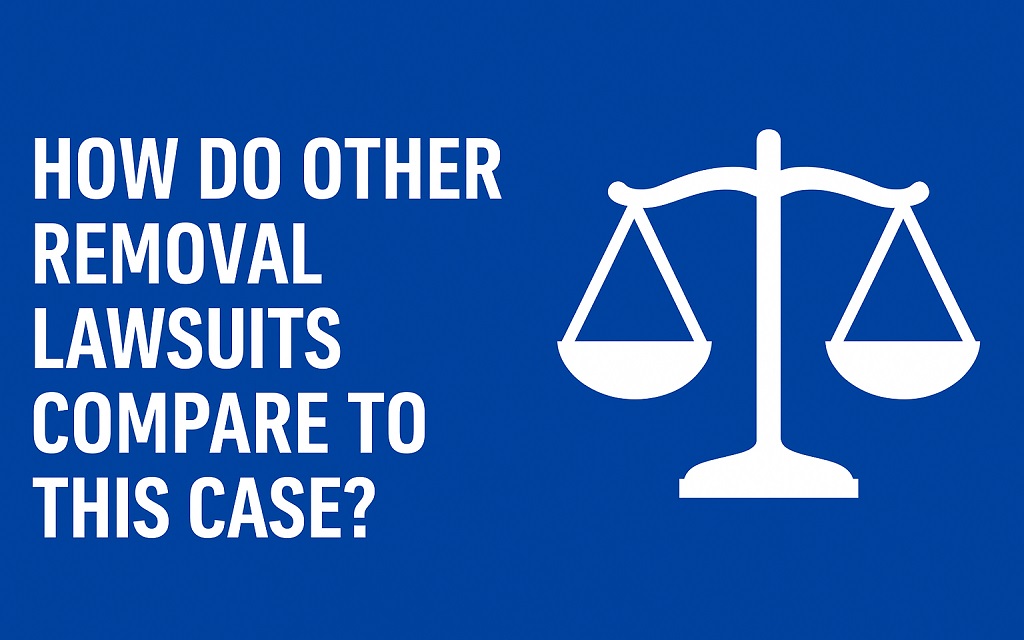
Other conflicts concerning the authority to remove a president are reflected in the Trump–CPB case. Although every situation is unique, trends are emerging. Courts have previously decided similar cases, and these decisions may have an impact on future outcomes.
1. Humphrey’s Executor v. U.S. (1935)
This Supreme Court case involved the Federal Trade Commission. President Roosevelt tried to remove a commissioner without cause. The Court ruled that Congress can create independent agencies with limits on removal. That ruling still stands today.
2. Morrison v. Olson (1988)
This case involved the independent counsel law. The Court again said that Congress may protect certain officers from at-will removal. It allowed for-cause removal rules as long as they don’t “unduly interfere” with presidential duties.
3. Seila Law LLC v. CFPB (2020)
In this more recent case, the Court ruled that the Consumer Financial Protection Bureau’s director must be removable by the president. However, the Court also noted that multi-member boards are distinct from single-member boards. Limits on removal may still apply to them.
4. Free Enterprise Fund v. PCAOB (2010)
Here, the Court struck down multi-layer protection from removal. It said boards cannot be insulated from presidential control through too many layers. However, it still left room for limited protection.
5. Recent Trump-era lawsuits
Trump’s removal of inspectors general and Voice of America staffers triggered lawsuits. Some were dismissed. Others ended with reinstatements. Courts have not been entirely consistent. However, they have expressed concern when removals appear rushed or appear to be politically motivated.
The CPB case is distinct. It involves a nonprofit organization created by statute, with clear language regarding its independence. That may give it a stronger legal shield than agencies created under executive orders.
Still, past cases show that courts weigh structure and function. If CPB is found to perform executive tasks, it may lose protection.
The case could become a significant precedent in this line.
What Should Stakeholders Do as This Unfolds?
Public media stakeholders need to get ready as the CPB litigation unfolds. This case has an impact on your future, whether you run a nonprofit, report for NPR, or work at a PBS station.
1. Track the case closely
Public stations should assign legal teams or staff to monitor developments. What is possible in 2026 and beyond will be shaped by the court filings, hearing dates, and decisions.
Key case identifiers:
- Case title: Corporation for Public Broadcasting v. Trump
- Court: U.S. District Court for the District of Columbia
- Judge: Randolph D. Moss
- Docket No.: 1:25-cv-01305
2. Review governance documents
Nonprofits that receive CPB funds should check their own bylaws. Do they rely on CPB guidance? Could a sudden change in CPB policy affect operations or eligibility?
Local boards may need to adjust policies to protect against political volatility.
3. Prepare contingency funding plans
If the Trump administration succeeds in rescinding CPB’s funding, stations could lose a significant revenue source. Public broadcasters should model budget cuts. Start conversations with community donors and state governments.
Funding under threat:
- $1.1 billion already appropriated through FY2027
- Congress must approve any rescission within 45 days of a formal request
- No request sent as of August 2025, but it is expected soon
4. Stay transparent with your audience
Audience trust is the foundation of public media. Viewers and listeners may be confused by lawsuits and political claims. Use your platforms to explain facts—link to relevant court documents clearly. Report neutrally.
5. Engage your legislators
Public media leaders should reach out to lawmakers. Educate them on the importance of CPB independence. Bipartisan support will be crucial in rescission votes or potential reauthorization fights.
In the ecological impact of public media, each stakeholder plays a part. This litigation will have a significant effect on all areas of the system, including law, finance, journalism, and technology.
What Legal and Political Terms Matter in This Trump CPB Board Removals Lawsuit?
This lawsuit includes terms that appear often in media law, constitutional disputes, and governance cases. Here’s a glossary to help readers understand.
Appointments Clause
Article II, Section 2 of the U.S. Constitution grants the president the authority to designate and, with Senate approval, appoint public officials.
Take Care Clause
Found in Article II, Section 3 of the Constitution. Requires the president to “take care that the laws be faithfully executed.” Often cited in removal power disputes.
Quorum
The minimum number of members needed for a board to take formal action. CPB needs five members; Trump’s attempt to remove three would break the quorum.
Preliminary Injunction
A court order that stops an action while a case is pending. CPB sought one to stop Trump’s removal order. The court denied it, but left board members in place.
TRO (Temporary Restraining Order)
A fast, emergency court order to prevent immediate harm. CPB also requested a TRO. Judge Moss required a full briefing instead.
Rescission
A procedure where the president asks Congress to revoke already-approved funding. Trump signaled plans to rescind $1.1 billion in CPB support.
Independent Agency / Nonprofit Corporation
Legal categories that determine the extent of the president’s control. CPB is a nonprofit created by statute, with protections from political power.
Unitary Executive Theory
A legal idea that the president controls all executive power and should be able to fire any executive officer. Used by Trump’s legal team to justify firings.
Bylaw Amendment
On May 15, 2025, CPB changed its bylaws to block outside removals of directors. That amendment became a flashpoint in the lawsuit.
Understanding these terms helps decode the complex legal landscape of the case.
What are the Key Facts and Dates in the Trump–CPB Conflict?
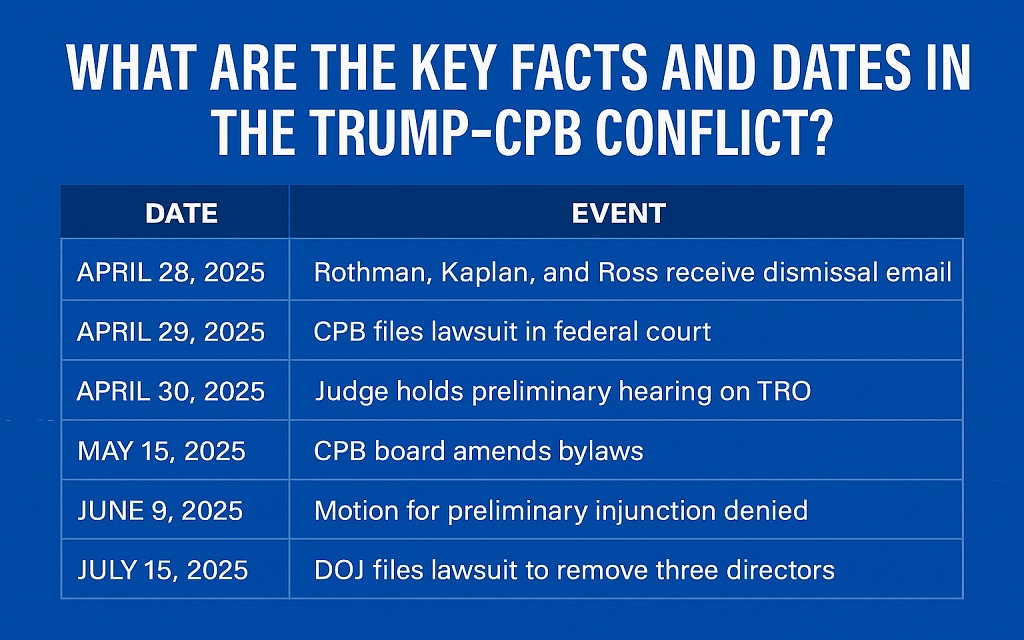
| Date | Event |
|---|---|
| April 28, 2025 | Trump’s office emails 3 CPB board members to notify them of termination. |
| April 29, 2025 | CPB files federal lawsuit against Trump seeking TRO and injunction. |
| April 30, 2025 | Judge Randolph Moss holds an emergency hearing and sets May 14 for argument. |
| May 15, 2025 | The CPB board amends its bylaws to block the outside removal of directors. |
| June 9, 2025 | The court denies a preliminary injunction but allows the directors to remain. |
| July 15, 2025 | The DOJ files a separate lawsuit to remove CPB directors via a judicial ruling. |
| August 1, 2025 | CPB announces phased wind-down due to pending rescission and legal fight. |
What Do Readers Ask Most About the CPB Board Lawsuit?
Can Trump legally remove CPB board members?
CPB says no. Trump says yes. The law does not mention removal powers. Courts must decide.
What does the CPB statute say?
It states that the president appoints directors with the approval of the Senate. It does not say they “serve at the pleasure of the president.” Additionally, it states that CPB is not a federal agency.
Why did CPB sue?
CPB filed suit to stop the removals and protect its board’s independence. It claims the firings break the law.
Are the board members still serving?
Yes. The court permitted them to remain in place while the case is pending, despite Trump’s claims that they had been removed.
What is the DOJ’s second lawsuit?
In another lawsuit, the Justice Department requested that the court dismiss the same three directors. It says they are unlawfully staying in office.
Will CPB shut down?
It might. Trump wants Congress to rescind over $1 billion in future CPB funding. CPB has already started a wind-down in case that happens.
Could this affect NPR and PBS?
Yes. CPB gives funds to many local stations. If it collapses, those stations may lose a key source of support.
What’s the bigger issue?
This case is about whether presidents can control supposedly independent boards. The ruling could set a national precedent.
Conclusion
This case is still open, but the stakes are clear. President Trump’s attempt to remove CPB board members touches the limits of presidential authority. It tests whether fixed-term directors at a legally independent nonprofit can be dismissed by executive order.
CPB’s lawsuit says no. It defends not just three seats, but the future of public broadcasting’s independence. The White House says yes. It argues that accountability demands complete control.
Courts have not yet issued a final ruling. But the consequences are already visible. CPB is winding down. Local stations are bracing for funding cuts. DOJ is suing to remove board members by judicial order.
This Trump CPB Board Removals lawsuit may establish a powerful precedent. Whether it protects public institutions or places them under executive control depends on what comes next in court.
Disclaimer: This article provides a general overview of the Trump CPB Board Removals lawsuit, based on publicly available information, and is intended for informational purposes only. It does not provide legal advice. You must consult a licensed attorney for any legal decisions.

